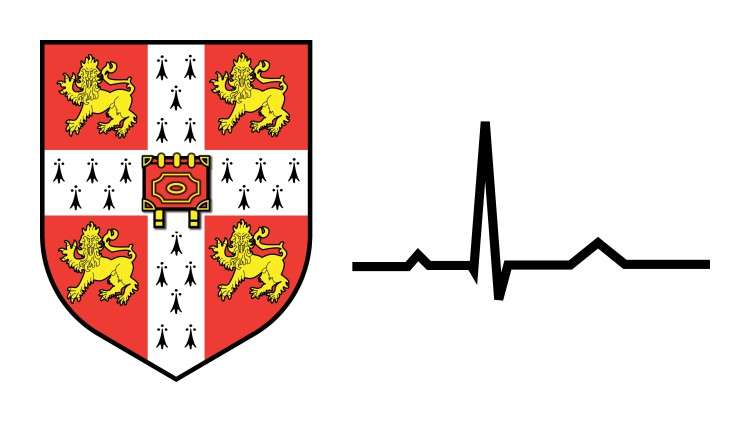
December Additional Discount Code in Course Description!
What you will learn
Understand how ECGs are performed
Understand what the ECG trace is showing
Understand a comprehensive, beginner-friendly approach to ECG interpretation
Avoid the reliance on mnemonics and tricks for ECG interpretation
Be able to confidently approach any ECG and systematically analyse it
Description
DISCOUNT DISCOUNT DISCOUNT
Please type in this link then use the coupon code at checkout for a BIG discount!
Remove the space from the link when typing it in!
Link: bit .ly/ben-clay
Coupon: BEN-CLAY-DECEMBER
DISCOUNT DISCOUNT DISCOUNT
Are you confused by ECGs? Feel like there’s no easy way in? Mixing up your heart blocks and your atrial fibrillations?
This course is aimed at medical students, nursing students and paramedic/EMT students who want to build their understanding of ECGs and build their confidence in interpreting them and making diagnoses.
When I was first taught about ECGs, I was taught by senior doctors who didn’t understand what medical students do and don’t know. I developed this system for ECG interpretation and I have taught to many other students at the University of Cambridge.
It works by building a first-principles understanding of how an ECG works, allowing us to intuitively understand the most confusing elements of ECGs, without having to rely on mnemonics and quick tricks. Patients don’t fit into textbook definitions a lot of the time, and these shortcuts often fail in real life. Only by a deep, true understanding can we confidently tackle any ECG in or out of the exam hall.
Course structure:
- What is an ECG? What are electrodes and leads?
- What is the line on the paper showing us?
- How to systematically deconstruct an ECG?
- Rate, rhythm and axis
- Quiz
- P waves and atrial arrhythmias
- The PR interval and heart blocks
- The QRS complex and bundle branch blocks
- The ST segment and STEMIs
- Quiz
- T waves and NSTEMIs
- The QT segment
- Rate, rhythm and axis
- Practice exam: six worked examples of full ECG interpretations testing the whole course
- Spot diagnoses: the scary and the unusual – diagnoses to save a life and to impress in exams
Content